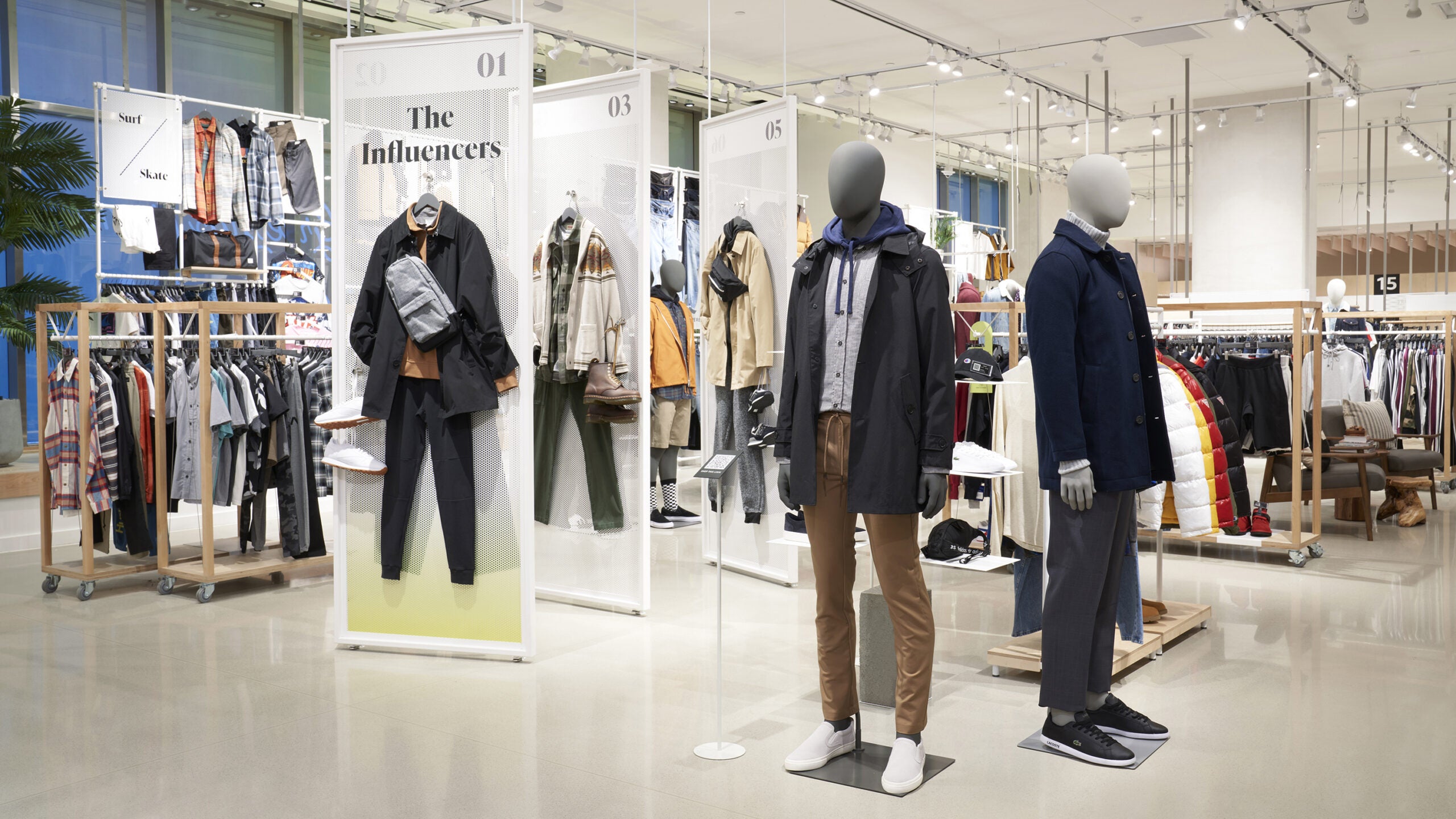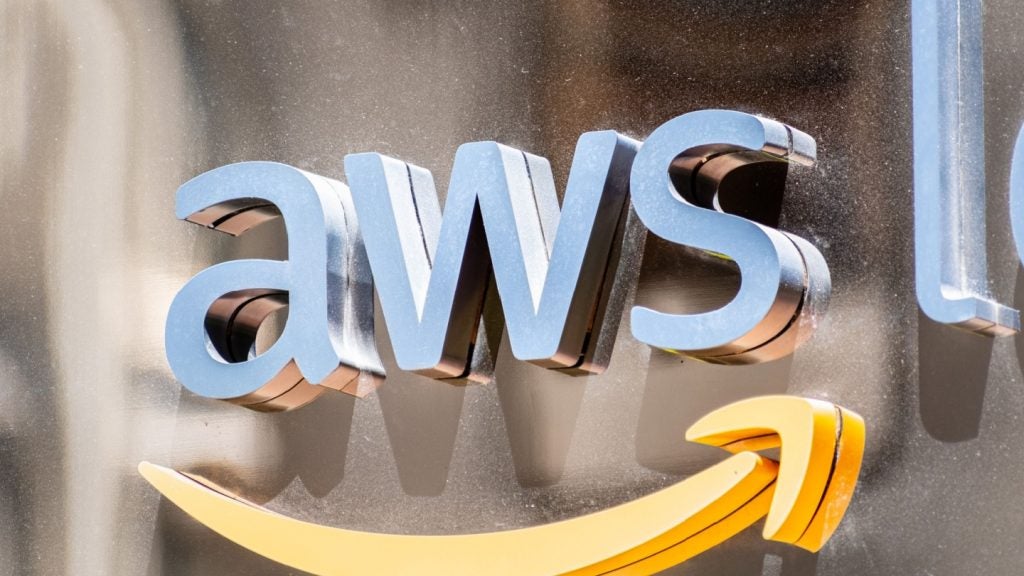
Amazon Style is here: the ecommerce giant’s latest push to dominate the fashion industry. It’s a physical apparel store complete with high-tech shopping and virtual changing rooms. Industry experts are suggesting that this could be the way of the future.
Amazon is no stranger to the fashion sector – and that’s no surprise perhaps given that Amazon has always been all about retail. Fashion has always delivered some of the most attractive margins in retail. This has led the ecommerce behemoth to spend billions over the years to achieve a strong position in the sector, surpassing Walmart as the number one US apparel retailer in March 2021, according to CNBC.
Apart from online sales, Amazon has previously experimented in the physical retail space. It acquired upscale grocer Whole Foods for $13.7bn in 2017, it has launched its own supermarket chain and opened an artificial intelligence-powered retail store in the UK last year.
The new Amazon Style store takes Amazon’s real-world campaign into apparel. The pilot 30,000 square feet store will open in the Los Angeles suburb of Glendale later this year. It will feature clothes for both men and women.
“You’ll find everything from the $10 basic to the designer jeans to the $400 timeless piece,” Simoina Vasen, managing director of Amazon Style, told CNBC. “We want to meet every budget and every price point.”
The store’s unique selling point is that it supposedly mixes the in-store experience with the convenience of online shopping. For instance, the store will only display model items. The other sizes are stored in the back.
How well do you really know your competitors?
Access the most comprehensive Company Profiles on the market, powered by GlobalData. Save hours of research. Gain competitive edge.

Thank you!
Your download email will arrive shortly
Not ready to buy yet? Download a free sample
We are confident about the unique quality of our Company Profiles. However, we want you to make the most beneficial decision for your business, so we offer a free sample that you can download by submitting the below form
By GlobalDataThe customer can then, by logging into the Amazon mobile app, scan the items they want to try on. To try them on, the shoppers enter a virtual queue to get into the fitting rooms, which the customer enters with their smartphone when they are ready.
“It’s like a magic closet with seemingly endless selection,” Vasen told Reuters.
Referring to the fitting room as a “magic closet” may be an unfortunate name given the now infamous AmaZen closet that the online shopping behemoth introduced last year. The booth was part of an attempt by Amazon to clean up its image as a bad employer. The AmaZen box was designed to provide warehouse employees with a place to rest and recharge.
Unfortunately for Amazon, the initiative was met by a wave of criticism for being tone-deaf. Some detractors even referred to the AmaZen closet as a “screaming box.”
To get back to Amazon Style – once in the fitting room, shoppers can use a touch screen to request more items to try on. The touchscreen also suggests other items for the shopper to buy, using data on the customer to offer personalised recommendations. Shoppers can opt out of that service with a concierge’s help, Amazon told Reuters.
Shoppers can also pay using the controversial Amazon One hand scan to pay for their stuff. Amazon rolled out the biometric payment programme in September 2020 in two of its Amazon Go stores in Seattle.
The technology enables users to link their accounts to a credit card and to pay for groceries and other things by simply scanning their palms. Amazon One has also been rolled out in Whole Food stores.
Lawmakers have, however, raised concerns about whether Amazon is doing enough to protect people’s private data. ln August 2021, three US senators published an open letter to Amazon’s CEO Andy Jassy, saying that Amazon One “raises serious questions” about “user privacy, including about how Amazon may use the data for advertising and tracking purposes.”
“Amazon continues to disrupt bricks-and-mortar retail with its newest venture Amazon Style,” Darcey Jupp, associate analyst at GlobalData, tells Verdict. “After the pandemic, consumers have put more value on their free time, and will now be looking for more convenient ways to shop apparel – something that Amazon believes it has fully-optimised in its new store.
“This is not the first time we have seen digital integration in store, with NIKE and Zara already incorporating various digital aspects including app features and QR codes into some of their stores. However, its algorithmic features will allow Amazon Style to stand out, particularly with its personalised recommendations to help streamline the shopping experience for its consumers. Global apparel brands should be watching carefully to see if Amazon’s experiment is successful, and be inspired to incorporate more digital aspects into their store spaces in the near future.”
Amazon Style is the latest of the company’s fashion initiatives
Amazon has been pushing into the fashion industry for years. Over the years it has launched its own fashion brands and a smattering of augmented reality-powered shopping tools.
Some may remember the Echo Look. The Alexa-powered smart camera was introduced in 2017 and gave users styling tips using a mix of AI and human curation. The Echo Look was discontinued in 2019, with its services being introduced into the Amazon Shopping app.
Amazon’s other fashion and AR initiatives include it patenting a mirror that enabled users to try on virtual clothes in 2018, according to GeekWire.
These initiatives are hardly surprising given how a recent GlobalData report suggests that AR can be a useful tool for retailers, merging the physical with the virtual.
However, no report mentions the Amazon Style store introducing that the AR mirror.
Amazon’s apparel ambitions have also caused a backlash from regulators. Leaked documents published in October 2021 suggested that Amazon’s India team had used data on the most popular fashion items sold on the company’s platform by third-party merchants to actively copy designs and take business from its partners.




